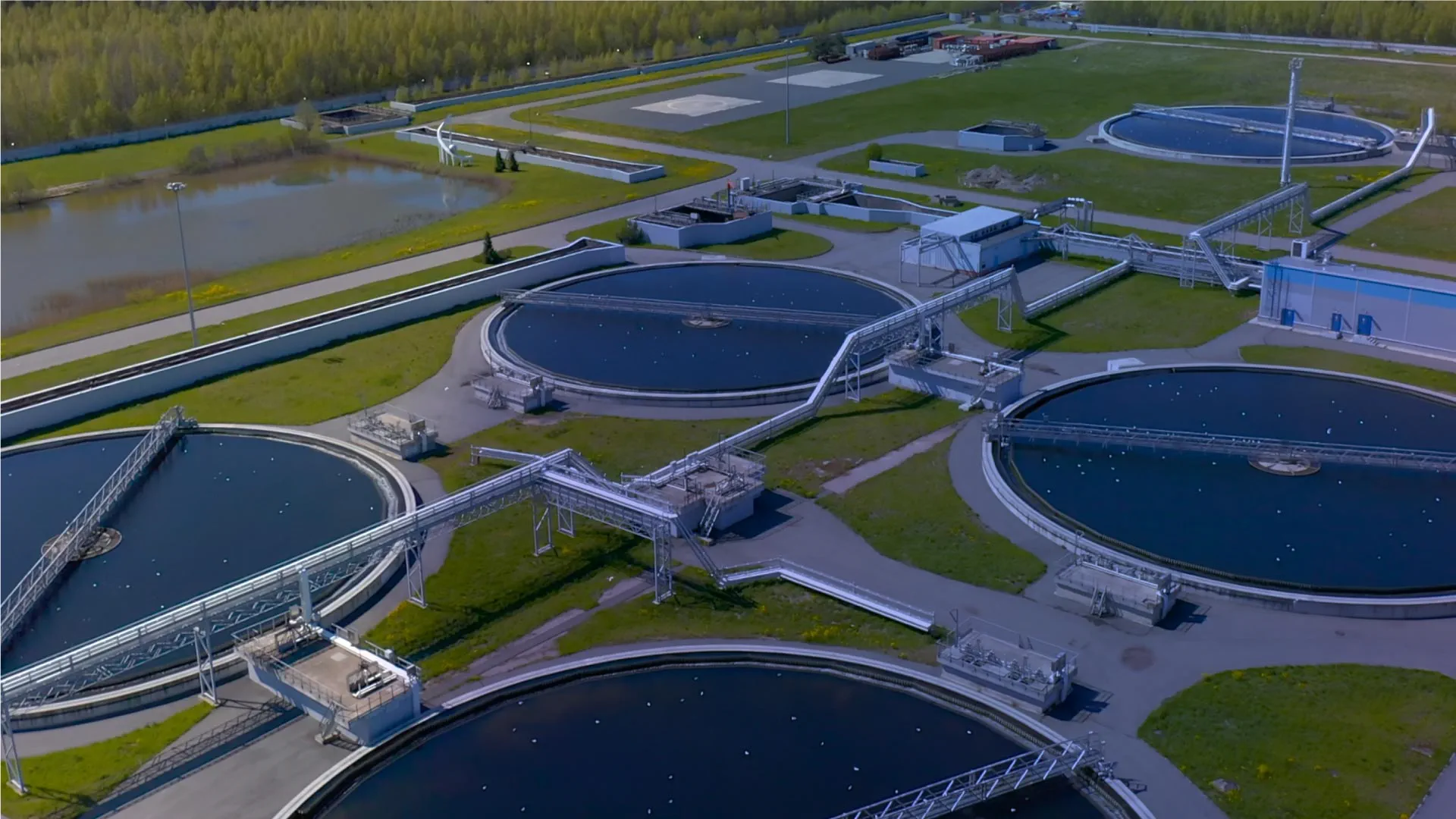Data can tell a story about what happened in the past, where you stand at present, and where your organization is going in the future.
In most work environments, we find ourselves working as a part of a team of people. We all need collaborate and communicate with someone, whether it's your line manager, executive board, shareholders, regulators across complex industries or even your customers.
Communicating progress and plans to our stakeholders is incredibly important, but it's not always easy to do. We have to take complicated and considerable information and break it down into a simple, clear, actionable message. And for many of us working in complex, technical industries like engineering and construction, we haven't always been trained in or equipped with the right tools to communicate confidently and effectively.
This is where data becomes your best friend. Data can tell a story about what happened in the past, where you stand at present and where your organization is going in the future. Data can help you confidently make—and justify—decisions for your business, provide a holistic picture of your operations and predict performance with accuracy and certainty. Armed with these valuable insights and good visualizations, data supports clear, persuasive communication around which your stakeholders can unite with confidence.
Internal stakeholders
Most of us have, at one point or another, found ourselves in a position of needing to report to a stakeholder, and persuade them to a certain course of action. Maybe you needed to make a case for more investment. Perhaps you were proposing an operational change, and you need your leadership to support your plan. Whatever the case, your stakeholders will have one common question: what is the impact of this on the company?
This is where data becomes crucial to stakeholder management. Tangible, objective, verifiable information can bring stakeholders through your thought process and potentially increase buy in for your proposal. Using historical data to start your presentation helps you paint a picture of what’s going on now, and why there is a need for change in your organization. Outlining a few well-placed assumptions, including data points from external drivers like customers and competitors, can help predict what the future might look like, lending your arguments even more credibility. With data backing those assumptions, you can quantify change, letting your stakeholders know exactly what the impact on their organization will look like. Data—and using that data in the right way—can be a route to real consensus.
Investors
Investors in your organization are an important stakeholder to consider when taking a data driven communication approach. In general, they want to make sure they're entrusting their investment with a company that makes sound decisions and will deliver on their promises to customers. When you understand the full picture of your organization with your subject matter expertise and complete and well managed data sources, you can begin to make decisions about where to best put your investors dollars to work.
Fortunately, there are many optimization tools in the market that compliment expert judgement and help organizations make those informed investment decisions and choices about how to operate more efficiently. Optimization tools will take in information about the existing organization, like projects or resources, and evaluate options based on a set of constraints like time, budget or risk.
The Water Above Ground Optimizer (WAGO) app is one such optimization tool. WAGO was developed specifically for the water industry to provide affordable, advanced analytics. It has been designed to help maximize the value of capital investment budgets through optimization of above ground assets such as treatment works and pumping stations. This allows you to generate cost and service efficiencies of up to 20% compared to traditional methods.
Regardless of the industry or tool you choose, data driven decision making gives investors confidence that they're investing in the right place, knowing that the organization has justified their decisions based on both their deep subject matter expertise and an informed data driven perspective.
Regulators
Most utilities are in frequent communication with regulators. Regulators are around to ensure high quality performance from organizations operating in complex industries. They are incredibly important in maintaining safety and quality standards, but sometimes reporting to these agencies can feel sub-optimal.
What if data changed that? Real-time and connected information on performance across your organization can help you engage in a two-way conversation with regulators, not just reporting. Understanding performance, and sharing that information, increases transparency, and with transparency comes trust. It might allow you to partner with a regulatory body and work to solve problems together if you all have the same information in front of you. Having a picture of all of your organizations assets and processes allows the entire group to understand the true nature of the challenge and be able to communicate openly about it.
Our Water (AI) Pipe Predictor (WAIPP) app is a tool that supports the water industry by allowing utilities to quickly visualize, identify and predict high risk water and wastewater pipes that are most likely to fail, now and into the future. This tool is built with compliance in mind, it allows you to have an understanding of your utilities past performance and what that means for the future. With that information you can work to eliminate failures and maintain high water quality standards…improving your regulatory compliance and the surrounding communication.
Customers
Finally, the most important stakeholder of all - your customers. At the end of the day, maximizing your customers’ experience with you is what matters most. They expect you to deliver what you promised, whether that’s clean drinking water straight to their home or an uninterrupted commute, and in the age of social media, customers have the power to make their complaints public.
To keep customers happy, you have to leverage the full power of your data. You must begin asking questions about what is going to happen in the future and prepare for it, based on what you know of past performance and trends in asset behavior or operating environment. If and when a failure happens, you'll be ready to respond because you knew what to expect and were able to prepare your organization for it. You learned from the past to make the future better. Data allows you to be more resilient, and most importantly, it allows you to communicate with your customers and suppliers what they can expect from you, and you'll keep your promise.
Conclusion
Data can be your greatest asset when collaborating and communicating with your stakeholders. Remember to:
-
Tell a story with your data, (past, present future) to bring your internal stakeholders along on your journey
-
Justify your decision making with data driven logic to inspire confidence in your investors
-
Use data to be as transparent as possible with your regulators, engaging them in problem solving with you
-
Keep customers happy and informed because your data gives you confidence you can deliver on customer promises
Check out WAGO and WAIPP to support all your stakeholder communication needs with data driven insights and decision making in the water industry.
Did you find this information useful?
Did you find this information useful?
Thank you for your feedback!

 Back
Back





